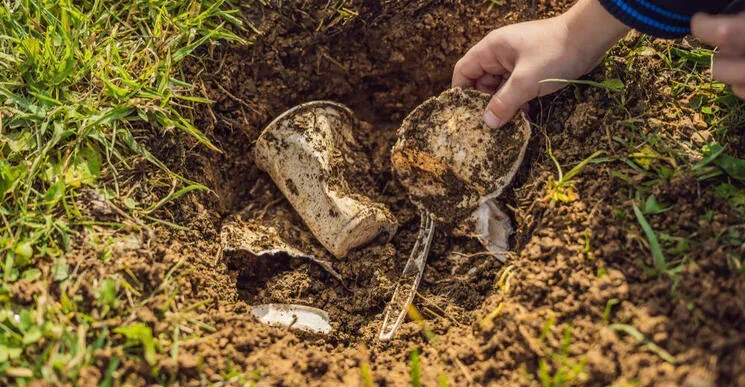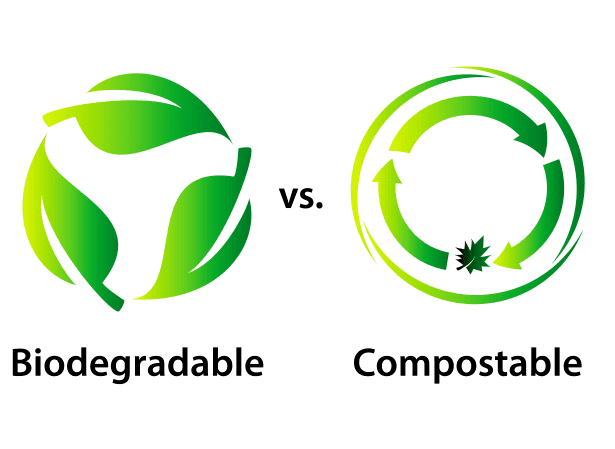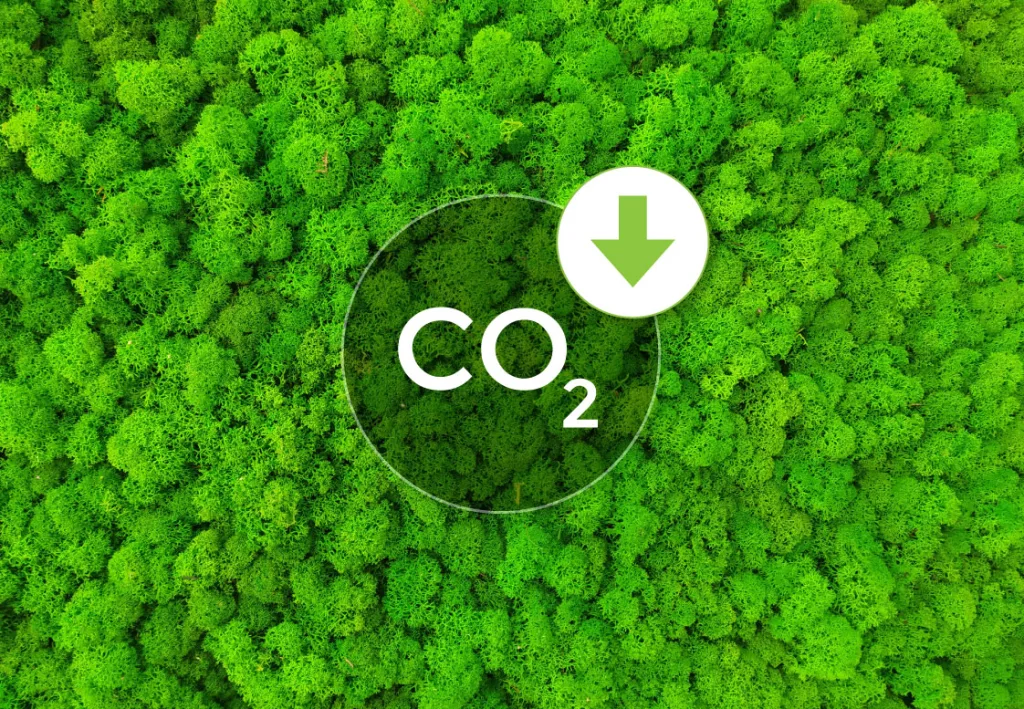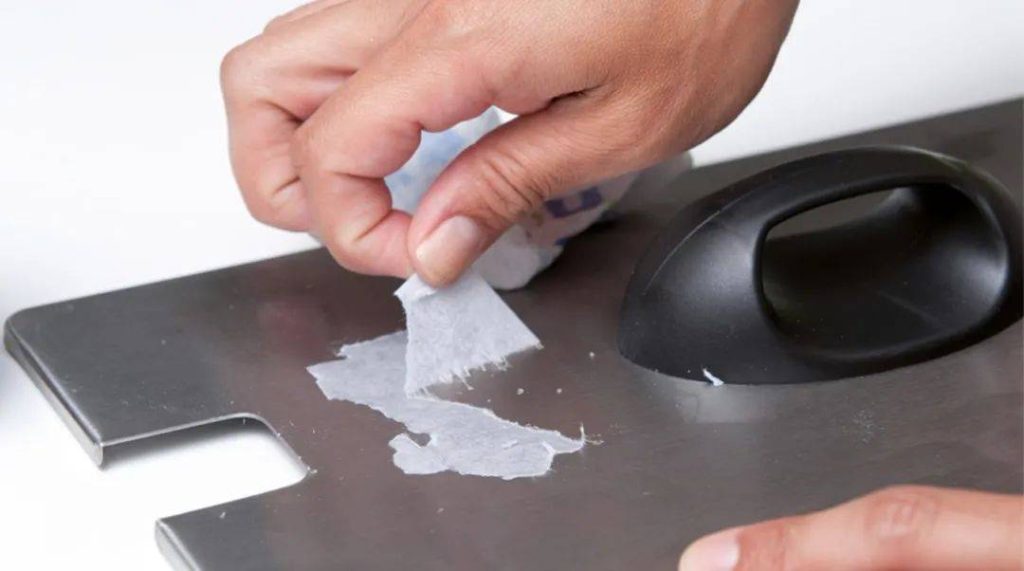Did you know that approximately 300 million tons of plastic are produced each year, contributing significantly to environmental pollution? As we choose between different sustainability solutions, the debate between biodegradable tape and compostable tape becomes increasingly relevant. This article offers a comprehensive look at what each term means, their practical applications, and how you can select the best option for your eco-friendly needs.
What Does Biodegradable Mean for Adhesive Tape?
Biodegradable tape is an adhesive product designed to break down and return its components to the ecosystem over time. The key term “biodegradable” indicates that the tape can be decomposed by microorganisms such as bacteria, fungi, and algae. In simpler terms, biodegradable tape doesn’t just sit in a landfill indefinitely like traditional plastic tapes; it actively decomposes within a specific time frame.
The real-world effectiveness of biodegradable tape can vary based on material composition, environmental conditions, and exposure to elements. For example, cellulose tape, made from plant cellulose, can degrade in around 6 months to 5 years when exposed to the right conditions (e.g., moisture, heat).
However, it is essential to recognize that not all biodegradable tapes are created equal. Many biodegradable variants still require specific conditions, such as enhanced heat and moisture, to break down appropriately. Therefore, your local waste management infrastructure plays a significant role in how effectively biodegradable tape can decompose after disposal.

Related article: What is biodegradable tape?
What Does Compostable Mean for Adhesive Tape?
Compostable tape takes the concept of biodegradable to the next level. A product qualifies as compostable if it can break down into natural organic matter, contributing positively to the composting process. Unlike biodegradable tape that may simply break down into smaller pieces, compostable tape is specifically designed to decompose into nutrient-rich compost, enriching the soil and fostering new plant life.
Compostable adhesive tapes are typically made from materials such as kraft paper or plant-based bioplastics. For instance, a compostable tape made from kraft paper is not only renewable, but can also decompose in a composting facility within 90 to 180 days. According to the ASTM D6400 and EN 13432 standards, compostable products must meet specific criteria to ensure they break down properly in industrial composting settings.
To truly harness the benefits of compostable tape, consumers must also have access to suitable composting facilities. If thrown away in a landfill, compostable materials may merely contribute to waste, as they require specific conditions to decompose efficiently.
What Is the Difference Between Biodegradable Tape and Compostable Tape?

The distinction lies primarily in the decomposition processes and end goals. Here are the core differences summarized:
Decomposition
Biodegradable tape decomposes into natural elements but may leave behind microplastics. Compostable tape breaks down completely into organic matter, contributing positively to compost.
Standards
Compostable tape adheres to strict standards like ASTM D6400, ensuring reliable decomposition. Biodegradable tape lacks such stringent qualifications.
Environmental Benefit
Compostable tape enriches soil and minimizes waste, while biodegradable tape’s benefits depend heavily on disposal methods and conditions.
Microscopic Residue
Biodegradable tapes may leave harmful residues, while compostable options do not contaminate the soil or the composting process.
Ultimately, while both categories aim to reduce environmental impacts, compostable tape generally provides a more robust solution for sustainability and resource renewal.
Which Is Better? Compostable or Biodegradable?
While both biodegradable and compostable tapes offer eco-friendly alternatives to traditional plastic options, determining which is better depends on various factors:
Carbon Emission Reduction
Compostable tape promotes significant carbon emission reductions, particularly when used within a composting ecosystem. According to the Environmental Protection Agency (EPA), composting can reduce greenhouse gases by keeping organic waste out of landfills, which, in turn, generate methane. This contrast positions compostable tape as the more environmentally responsible option.

Consumes Less Energy
The energy consumption for producing compostable materials often remains similar to that of traditional materials. However, compostable materials can lead to energy savings in waste management by reducing methane emissions and minimizing landfill expansion.
Less Landfill Area Needed
Both biodegradable and compostable tapes contribute to the reduction of landfill waste. Nonetheless, compostable tape has a more significant potential impact, as it promotes resource recovery in composting systems rather than merely degrading into smaller pieces that may still require landfill usage.
Recyclable
Neither biodegradable nor compostable tape is designed to be recyclable. Traditional recycling strategies don’t leverage the bio-based materials effectively, which can complicate the recycling process.
Need for Composters
For compostable tape to maintain its benefits, access to proper composting facilities remains crucial. If these facilities are unavailable, compostable tape may not perform as intended, leading to similar outcomes as biodegradable materials when improperly disposed of.
Engineering Issues
Manufacturing both tape types can present unique engineering challenges. Ensuring strong adhesion while maintaining biodegradability or compostability can be tricky. Advances in material science are pivotal to overcoming these design challenges and improving functionality.
Risk of Contamination
Using compostable tape carries the risk of contamination in composting environments. If non-compostable items are mixed with compostable materials, it can lead to entire batches being rejected. Biodegradable tape generally carries fewer risks of contamination, as it often degrades in municipal landfills without influencing the composting process.
Conclusion
In summary, while both biodegradable and compostable tapes serve as important alternatives to traditional adhesive products, each has its distinct advantages and challenges. Compostable tape, with its potential to enrich soil and support composting practices, generally holds a more favorable position in environmental discussions. As an adhesive solution provider for over 15 years, Fonitaniya Adhesive Tape specializes in both biodegradable tape and compostable tape innovations, committed to creating sustainable options for consumers and businesses alike. Join us in championing eco-friendly solutions that can genuinely make a difference!
FAQs
What is the difference between biodegradable tape and compostable tape?
Biodegradable tape degrades into natural substances, while compostable tape breaks down into organic matter suitable for composting.
How long does biodegradable tape take to decompose?
Biodegradable tape can take anywhere from months to years to decompose, depending on environmental conditions.
Can I compost biodegradable tape?
It’s better to compost compostable tape as biodegradable options may not break down properly in compost.
Is kraft paper tape biodegradable?
Yes, kraft paper tape is biodegradable and eco-friendly, suitable for various packaging needs.
What materials are used in compostable tape?
Compostable tape typically includes kraft paper and plant-based bioplastics, which break down efficiently in composting conditions.
Does biodegradable tape still leave residue?
Some biodegradable tapes can leave microplastics or residues if not disposed of correctly.




